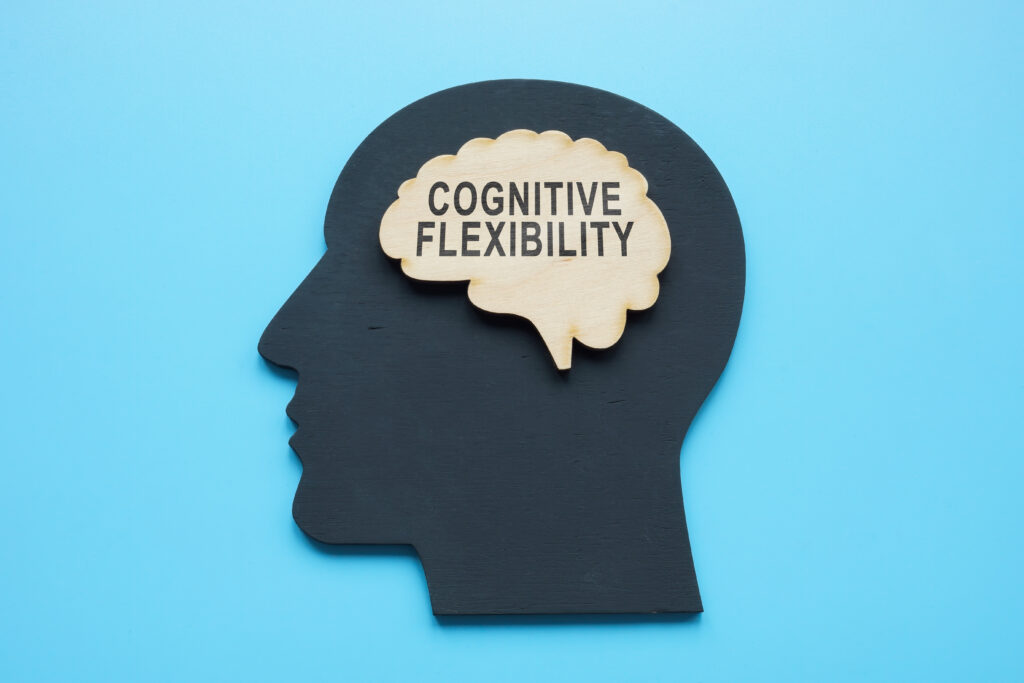Alzheimer’s disease is a progressive brain disorder that affects a person’s memory, thinking, and behavior. As the disease progresses, individuals with Alzheimer’s may lose their ability to communicate effectively, making it difficult for them to understand and remember things. This can be distressing for both the person with the disease and their loved ones.
One effective way to help a person with Alzheimer’s communicate and remember things is by using picture labels. Picture labels are simple and easy-to-understand images that depict objects, places, and activities. They can serve as visual cues, helping individuals with Alzheimer’s to remember things and complete tasks independently. In this article, we will explore how picture labels can assist in caring for someone with Alzheimer’s and provide tips on how to create and use them effectively.
Why Picture Labels are Effective for People with Alzheimer’s
Pictures are a powerful tool that can stimulate the brain and help with memory retention. Unlike words, images are processed by the brain as a whole and can evoke emotions and memories. This is especially beneficial for individuals with Alzheimer’s, as they often have difficulty processing language and retaining information.
Moreover, picture labels are simple and easy to understand. They can convey information quickly, reducing confusion and frustration for the individual with Alzheimer’s. For example, if a person sees a picture of a toothbrush next to the bathroom sink, they will know it’s time to brush their teeth.
Additionally, picture labels can help individuals with Alzheimer’s maintain their independence. By providing visual cues, they can complete tasks without having to rely on constant reminders from caregivers. This can boost their confidence and self-esteem and also reduce the workload for caregivers.
Creating Picture Labels
The first step in creating picture labels is to identify the most important items or activities in the person’s daily routine. These could include items in their bedroom, kitchen, or bathroom, as well as activities like cooking or gardening. Next, take photos or find images online that represent these items and activities. It’s important to choose simple, clear images that are easy to identify.
Once you have your images, you can print them out and laminate them for durability. You can also use a label maker to create printed labels with the images and words. Alternatively, there are many customizable picture label systems available online that allow you to create and print personalized labels.
Using Picture Labels
The key to successfully using picture labels is to introduce them gradually and consistently. Start by placing a few labels in areas where the individual spends most of their time, such as the bedroom or bathroom. Point out the labels and explain what each one means. Repeat this process every day until the person starts to recognize and understand the images.
It’s also important to keep the labels in the same place consistently. This will help the individual with Alzheimer’s associate the image with the object or activity. For example, if you have a picture of a stove on the kitchen cabinet, make sure to always keep it there. This will help the person remember that the stove is where they cook.
It’s also beneficial to involve the individual in the labeling process. Ask them to help you place the labels in their room or around the house. This will give them a sense of ownership and familiarity with the images.
Tips for Using Picture Labels Effectively
– Keep it simple: Stick to one image per label and avoid cluttering the space. This will make it easier for the person with Alzheimer’s to focus on one thing at a time.
– Use colors: Colorful images can be more stimulating and engaging for individuals with Alzheimer’s.
– Use large font: Make sure to use large, easy-to-read font when creating labels. This will help individuals with vision impairment or reading difficulties.
– Be patient: It may take some time for individuals with Alzheimer’s to get used to the picture labels. Be patient and give them time to understand and adjust to the new system.
– Use labels for important items: Focus on labeling items that are essential for daily living, such as medication, toiletries, and food items.
– Be consistent: Consistency is key when using picture labels. Make sure to always use the same images and place them in the same spot to avoid confusion.
In conclusion, picture labels are a simple yet effective way to assist individuals with Alzheimer’s in daily activities and promote independence. By creating and using picture labels, you can improve communication and reduce frustration for both the person with the disease and their caregivers. Remember to be patient, consistent, and involve the individual in the process. With time, picture labels can become an invaluable tool in caring for someone with Alzheimer’s.


